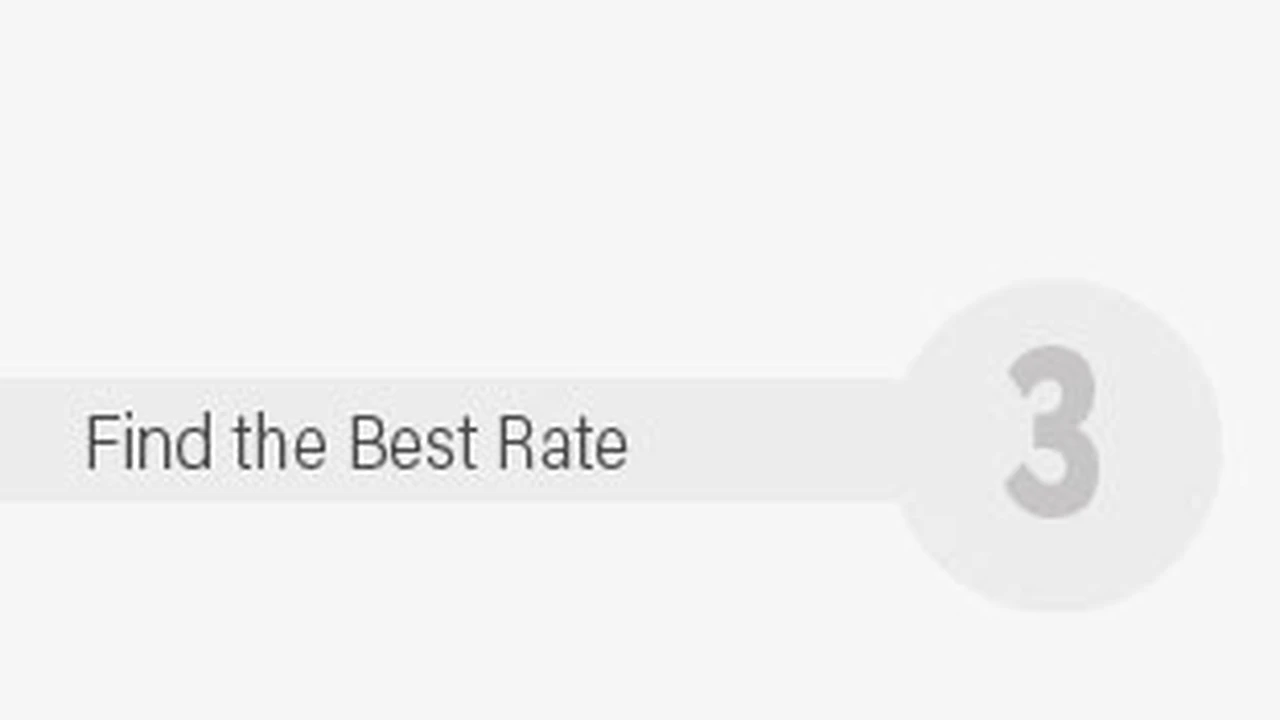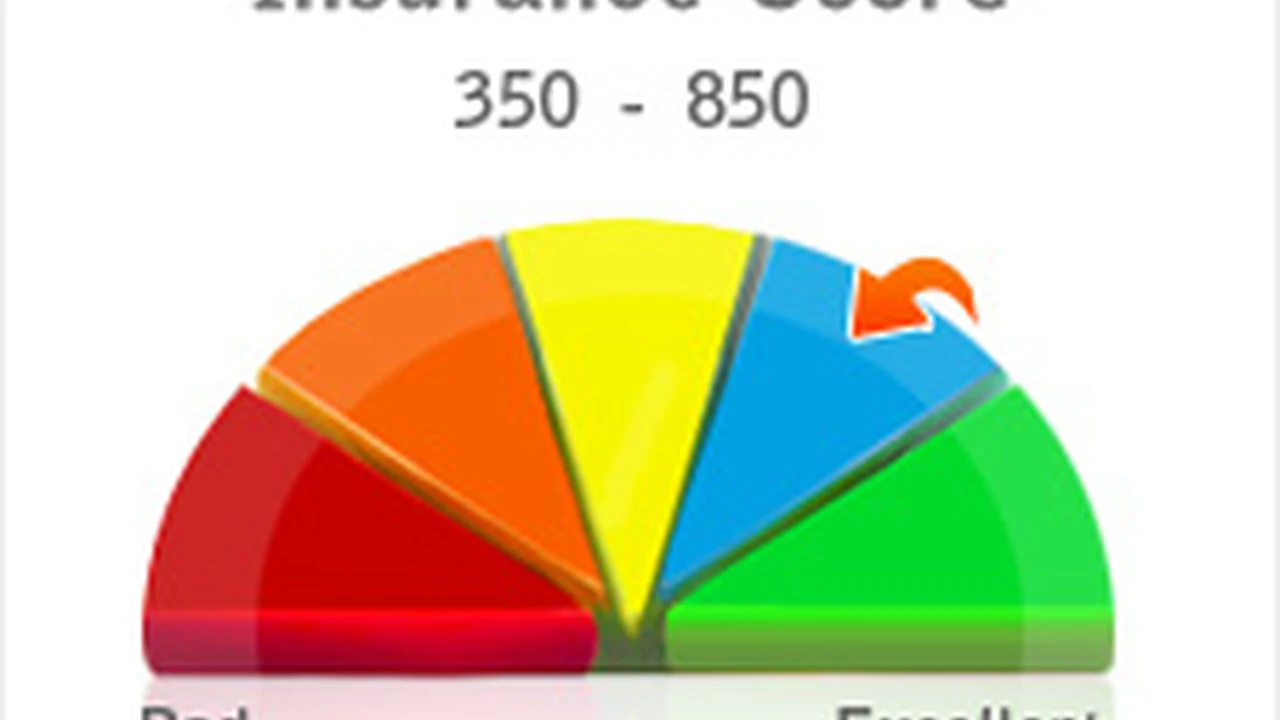Gap Insurance: Should You Get It for Your New Car?

What is Gap Insurance and Why Do You Need It?
Okay, so you just drove off the lot in your shiny new car. Congratulations! That new car smell, the smooth ride… it's all great. But here's a not-so-great reality: your car starts depreciating the moment you leave the dealership. This depreciation can create a "gap" between what you owe on your car loan and what your car is actually worth. That's where Gap Insurance comes in. It's like a financial safety net for your auto loan.
Gap insurance, short for Guaranteed Asset Protection insurance, covers the difference between your car's actual cash value (ACV) and the amount you still owe on your loan if your car is totaled or stolen. Let's say you owe $30,000 on your car, but it's only worth $25,000. If it's totaled in an accident, your regular auto insurance will only pay out $25,000. Without gap insurance, you're stuck paying the remaining $5,000. Gap insurance covers that $5,000 difference (minus any deductible, of course).
Who Should Consider Gap Insurance Coverage? Understanding Your Risk Profile
Gap insurance isn't for everyone. But if any of these scenarios apply to you, it's definitely worth considering:
- You put down less than 20% on your new car: A smaller down payment means you're borrowing more money, and the gap between what you owe and what your car is worth will be larger.
- You financed your car for a long term (60 months or more): Longer loan terms mean you're paying off the loan slower, and depreciation has more time to catch up.
- You leased your car: Leases typically require gap insurance. Check your lease agreement.
- You bought a car that depreciates quickly: Some car models lose value faster than others. Research your car's depreciation rate.
- You rolled over negative equity from a previous car loan: If you owed more on your old car than it was worth and rolled that debt into your new car loan, you're already starting with a gap.
Gap Insurance vs. Collision Insurance: Knowing the Difference and When Each Applies
It's easy to confuse gap insurance with collision insurance, but they cover different things. Collision insurance covers damage to your car from an accident, regardless of who's at fault. Gap insurance, on the other hand, covers the difference between what you owe on your loan and what your car is worth if it's totaled or stolen. Collision insurance pays to repair or replace your car; gap insurance pays off your loan.
Imagine this: you rear-end another car. Your collision insurance would pay to repair your car (minus your deductible). Now, let's say your car is totaled in that accident. Your collision insurance would pay the actual cash value of your car. If that's less than what you owe on your loan, gap insurance would kick in to cover the difference.
Where to Buy Gap Insurance: Dealership vs. Insurance Company - Weighing Your Options
You can typically buy gap insurance from two places: your car dealership or your auto insurance company. Each has its pros and cons.
- Dealership Gap Insurance: Often rolled into your car loan, making it convenient. However, it can be more expensive than buying it from your insurance company. Dealers often mark up the price. Also, if you pay off your loan early, you might not get a refund for the unused portion of the gap insurance.
- Insurance Company Gap Insurance: Usually cheaper than dealership gap insurance. You can often add it to your existing auto insurance policy. You'll also receive a refund for any unused premium if you cancel your policy early. The main downside is that not all insurance companies offer gap insurance.
Understanding Gap Insurance Cost: Factors Affecting Premiums and How to Save Money
The cost of gap insurance varies depending on several factors, including:
- The price of your car: More expensive cars generally mean higher gap insurance premiums.
- Your loan amount: The larger the loan, the higher the risk for the insurer, and the higher the premium.
- Your deductible: Some gap insurance policies have a deductible. A higher deductible usually means a lower premium.
- Your location: Insurance rates vary by state.
To save money on gap insurance, shop around and compare quotes from different insurance companies and dealerships. Consider increasing your collision deductible to lower your overall insurance costs, which can free up money for gap insurance. Also, if you're buying gap insurance from a dealership, negotiate the price. They often have room to lower it.
Specific Gap Insurance Products: Features, Pricing, and User Reviews
Let's look at some specific gap insurance products and what they offer:
AAA Gap Insurance
Features: AAA offers gap insurance as an add-on to their auto insurance policies. They provide coverage up to a certain percentage of the vehicle's value (check with your local AAA branch for specifics). They also offer 24/7 claims support.
Pricing: Varies depending on your AAA membership level and location. Contact AAA for a personalized quote.
User Reviews: Generally positive, with members praising their customer service and ease of claims processing. Some complaints exist regarding the limitations on the amount covered.
Usage Scenario: Ideal for AAA members who want the convenience of bundling their auto and gap insurance.
Allstate Gap Insurance
Features: Allstate partners with dealerships to offer gap insurance. Coverage details vary based on the specific dealership and loan agreement. They often include coverage for your deductible.
Pricing: Determined by the dealership and can be negotiated. Make sure to compare the price with other options.
User Reviews: Mixed. Some customers appreciate the convenience of getting it through the dealership, while others find it overpriced compared to independent insurance providers. Reviews are generally focused on the overall Allstate experience, not specifically the gap insurance product.
Usage Scenario: Convenient option if you're already financing your car through a dealership that partners with Allstate.
Direct Gap
Features: Direct Gap is a specialist provider of gap insurance. They offer various levels of coverage, including Return to Invoice (RTI) and Vehicle Replacement gap insurance. RTI covers the difference between the ACV and the original purchase price, while Vehicle Replacement covers the difference between the ACV and the cost of a replacement vehicle.
Pricing: More transparent than dealership options. You can get a quote online based on your car's value and loan amount. Prices can range from a few hundred dollars to over a thousand depending on the coverage level.
User Reviews: Mostly positive, with customers highlighting their competitive pricing and comprehensive coverage options. Some report slightly longer claims processing times.
Usage Scenario: A good choice if you want more comprehensive gap insurance coverage and are willing to shop around for the best price.
Comparing Gap Insurance Products: Return to Invoice (RTI) vs. Vehicle Replacement - Which is Right for You?
As mentioned above, some gap insurance providers offer different types of coverage, such as Return to Invoice (RTI) and Vehicle Replacement. Understanding the difference is crucial.
- Return to Invoice (RTI): Covers the difference between the ACV and the original purchase price of your car. This is a good option if you want to recoup your initial investment.
- Vehicle Replacement: Covers the difference between the ACV and the cost of a *new* replacement vehicle of the same make and model (or equivalent). This is more comprehensive, as it accounts for the rising cost of new cars.
Which one is right for you? If you're primarily concerned with getting back what you originally paid, RTI is sufficient. However, if you want to be able to replace your car with a brand new one without having to pay extra, Vehicle Replacement is the better choice. Keep in mind that Vehicle Replacement gap insurance is typically more expensive.
When to Cancel Gap Insurance: Situations Where You No Longer Need Coverage
You don't need gap insurance forever. Once you've paid down your car loan significantly, the gap between what you owe and what your car is worth shrinks. Here are some situations where you can consider canceling your gap insurance:
- You've paid off a significant portion of your loan: Check your loan balance and your car's current value. If the difference is minimal, gap insurance might not be necessary.
- You've refinanced your loan: If you refinanced your loan at a lower interest rate and shorter term, you're likely paying it off faster, reducing the gap.
- You've sold or traded in your car: Obviously, if you no longer own the car, you don't need gap insurance.
If you decide to cancel your gap insurance, contact your provider and ask about a refund for the unused portion of your premium. Most policies allow for a pro-rated refund.
The Future of Gap Insurance: Emerging Trends and Technologies Impacting Coverage
The automotive industry is constantly evolving, and so is the insurance landscape. Here are some emerging trends and technologies that are impacting gap insurance:
- Electric Vehicles (EVs): EVs have different depreciation rates than gasoline-powered cars. Gap insurance for EVs may need to be adjusted to account for these differences. Battery replacement costs are a major factor.
- Subscription Services: As car subscription services become more popular, gap insurance may need to adapt to cover the unique risks associated with these models.
- Advanced Driver-Assistance Systems (ADAS): Cars equipped with ADAS features (like automatic emergency braking and lane departure warning) may have lower accident rates, potentially impacting gap insurance premiums in the future.
- Usage-Based Insurance (UBI): UBI programs track driving behavior and adjust insurance rates accordingly. This data could potentially be used to personalize gap insurance premiums as well.
Real-World Examples: Gap Insurance Claim Scenarios and Lessons Learned
Let's look at some real-world examples to illustrate the importance of gap insurance:
Scenario 1: The Totaled Truck
John bought a new pickup truck for $45,000, financing it for 72 months with a small down payment. After two years, the truck was totaled in a hailstorm. His insurance company paid out $30,000 (the ACV of the truck), but John still owed $38,000 on his loan. Without gap insurance, John would have been responsible for paying the remaining $8,000. Fortunately, he had gap insurance, which covered the difference (minus his deductible).
Lesson Learned: Long loan terms and small down payments increase the risk of needing gap insurance.
Scenario 2: The Stolen SUV
Sarah leased a new SUV. A few months later, it was stolen. Her auto insurance company paid the ACV, but that wasn't enough to cover the lease termination fees and the remaining balance on the lease. Her gap insurance covered the difference, saving her thousands of dollars.
Lesson Learned: Leases often require gap insurance because you're essentially renting the car, and the gap between what you owe and what the car is worth can be significant.
Scenario 3: The Mistaken Cancellation
Michael thought he had canceled his gap insurance after paying off a portion of his car loan. However, he didn't follow through with the cancellation process. A few months later, his car was totaled in an accident. Because he hadn't officially canceled his gap insurance, he was still covered and received a payout to cover the remaining loan balance.
Lesson Learned: Always double-check that you've properly canceled your gap insurance if you no longer need it. Keep documentation of the cancellation.
:max_bytes(150000):strip_icc()/277019-baked-pork-chops-with-cream-of-mushroom-soup-DDMFS-beauty-4x3-BG-7505-5762b731cf30447d9cbbbbbf387beafa.jpg)






